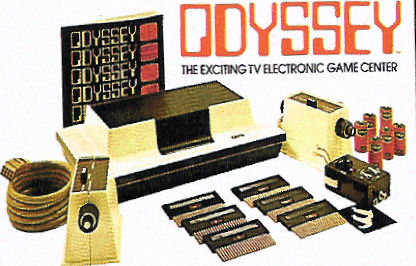
In December of 1972, the Maxnavox Corporation (a producer of home television sets in the United States) began marketing a new product to attach to a home television set which enabled the playing of a variety of games. The new product included 584 pieces and worked more effectively with a new color monitor television set, than with an "old fashioned" black and white television monitor. In 1982, an almost complete set was donated to the Museum.
The "system" iteself (seen in the photo on the left in front of the Instruction Book) is a white and black plastic case with a faux wood-grain trim. This was called the "master control unit", and containes all the internal circuitry, a battery compartment, sockets, and switches.

In the front of the control unit is a slot for inserting plug-in game cards, and all ports for connecting external controls are on the back of the unit. The two detachable control units matched the master unit. These consist of a vertical and horizonal knob on each side with a "reset button" on top. These units are marked "1" and "2", and are connected to the master unit by a cable with a 12 prong plug which fits sockets in the back of the master unit.
Another cable linked the back of the master unit to an RF device (the small black box on the lower right of the system photograph). While on side of this device is connected to the master unit, the other side is connected to the UHF or VHF antenna terminals of a television set. A switch on this device enabled the owner to select television viewing or game playing!

In addition to the devices described, the "system" includes a number of other parts. There are six plug-in programmed game "cards" (photo on the left), one of which is inserted into the control unit slot, dependent upon the game one wants to play. These "cards" are mini-circuit boards that respond to the knobs on the detachable control units and instruct the master control unit to generate curtain images on the television monitor.
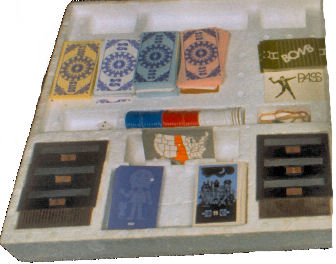
Two sets of semi-transparent acetate gameboard overlays - to fit either an 18" or 25" television screen - for a dozen games, along with a roll of "stickey tape" for attaching the acetates to the television screen, are included in the box. When a game is played a series of "lighted blips" on the television screen generated by the control unit and the plug-in programmed game cards show appropriately through the acetate overlays.
Along with these game boards are some 300 "game accessories", namely: stickers, poker chips, play money, dice, playing cards, score cards, a US map, and more - including an "Installation and Game Rules" manual.
The following are the games included when the set was donated to the Museum. Pages with photographs of the acetate gameboard overlays and playing information about each game is available by clicking on one of following overlays. While we have created this matrix in alphabetical order listing the games by their Magnavox name, from a reading of playing instructions, Magnavox suggests that new users of the equipment play "Table Tennis" first, indicating that this game is "The basic Odyssey game that develops your electronic coordination".
| Analogic | Cat & Mouse | Football | Haunted House |
|---|---|---|---|
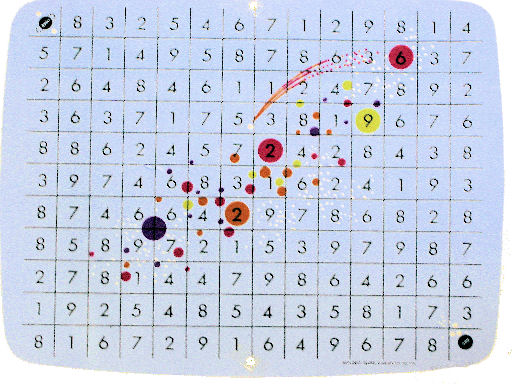 |
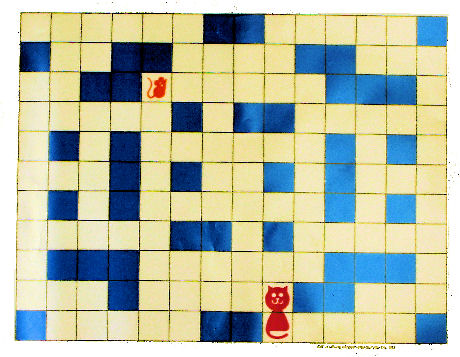 |
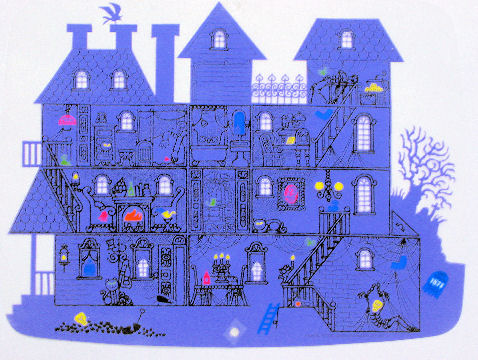 |
|
| Hockey | Roulette | Simon Says | Ski Race |  |
 |
 |
| Submarine | Table Tennis | Tennis | States |
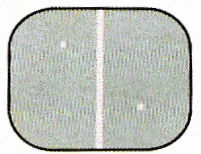 |
 |
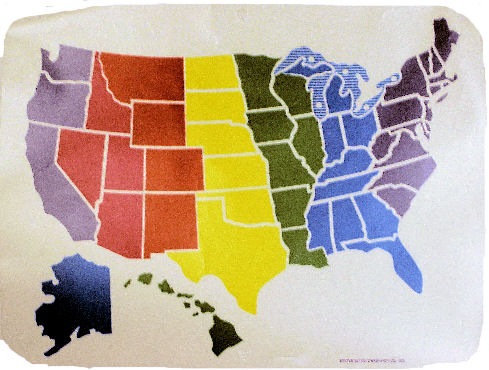 |
In addition to the 12 games which were included in the original Odyssey package, Magnavox marketed additional add-on game packages. These included: Baseball, Fun Zoo, Handball, Invasion, Volleyball, Wipeout, and Precepts. Later Magnavox marketed an additional add-on called "The Shooting Gallery". This latter add-on included 4 games as can be seen in the following advertizement.

Last update March 17, 2010